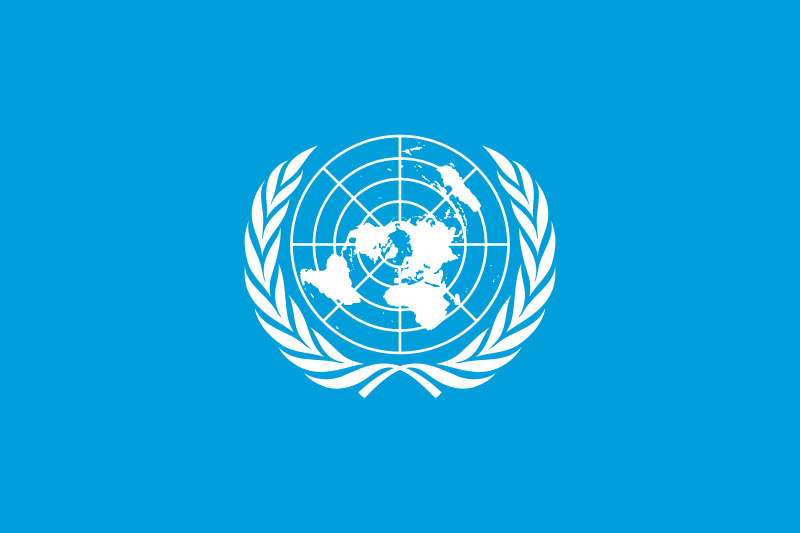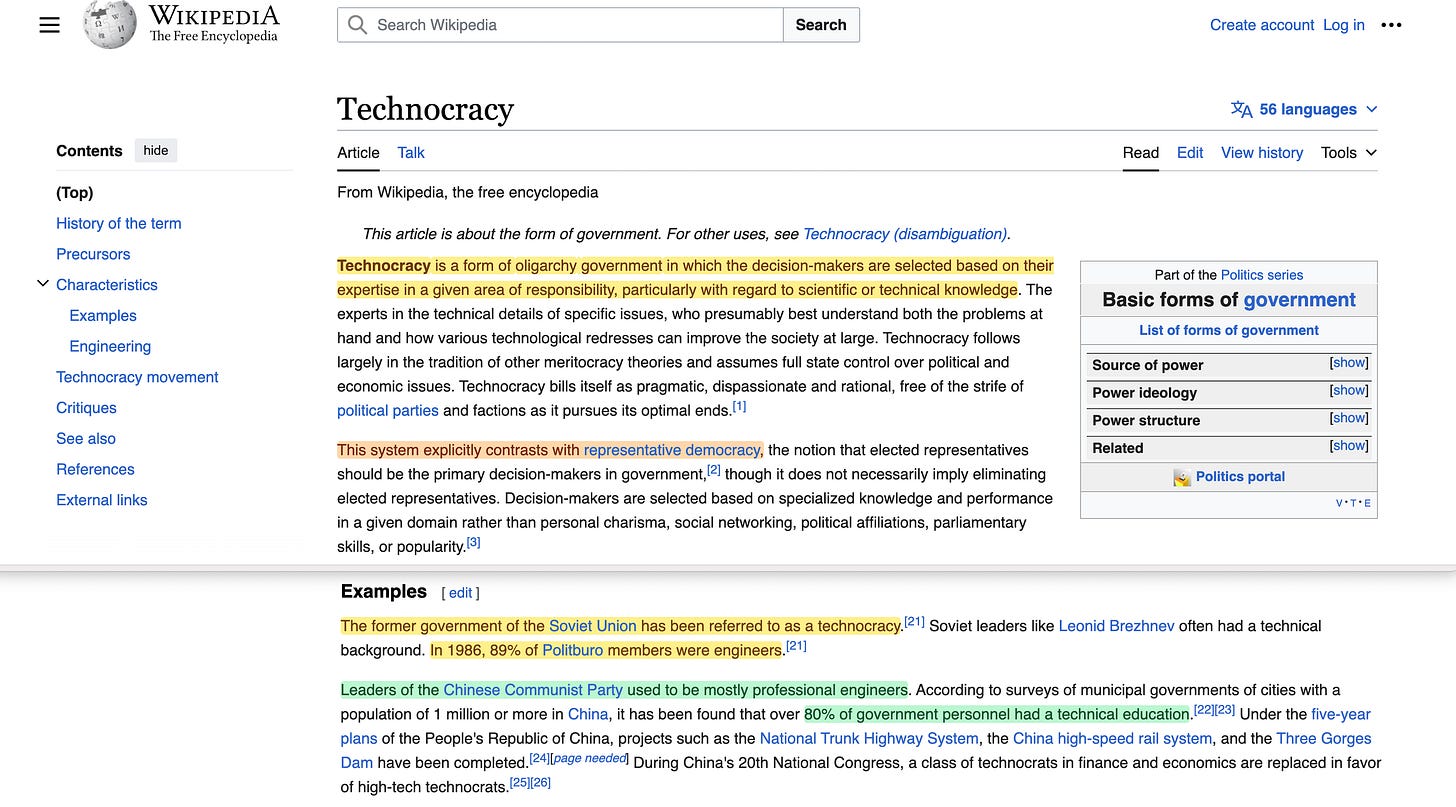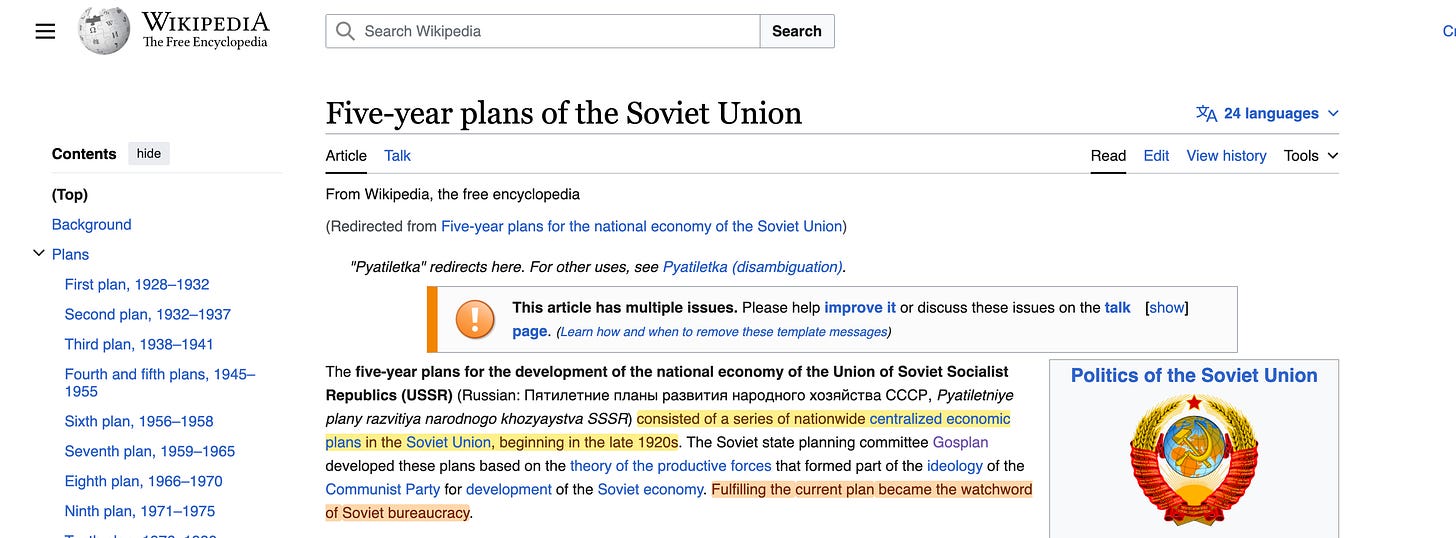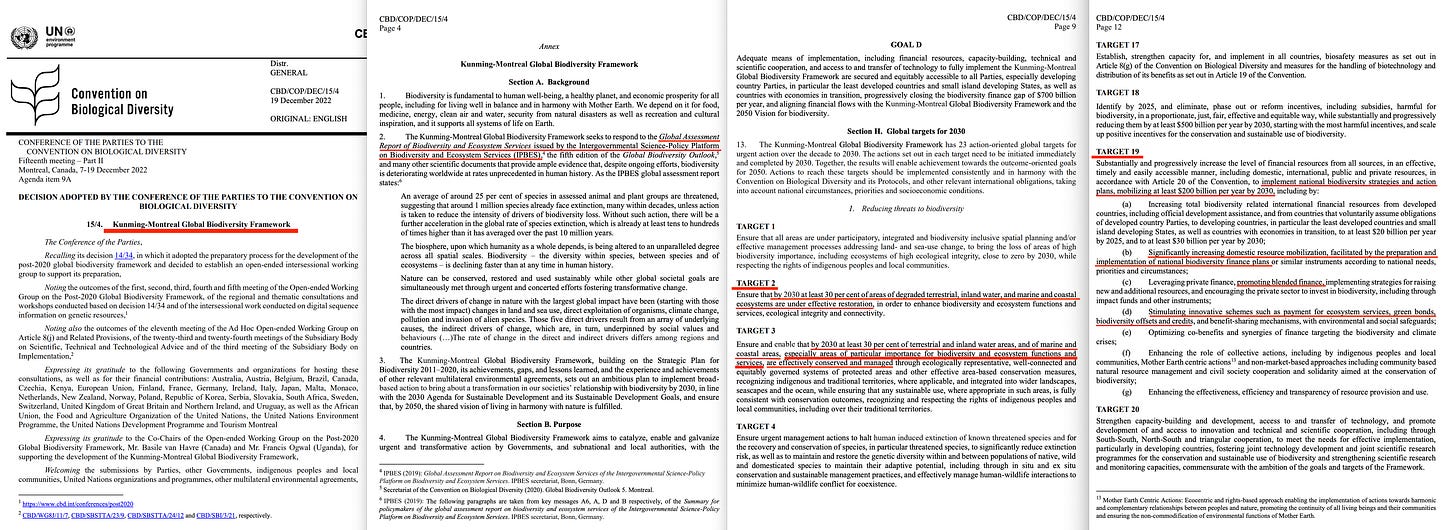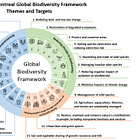New World Governance
The primary thing to understand about the ‘New World Order’ is that allegedly, it’s about saving the planet, and specifically, preserving or restoring biodiversity. Because due to our continuous population increase along with general patterns and levels of consumption, humanity is a disease - which, ultimately, is the Malthusian outlook, shared by the likes of the Club of Rome.
In order to - as claimed - preserve biodiversity, we need a revamp of the current political system and the legal framework that goes along with it - in no small part because land ownership is a thorn in the eye of our prospective benefactors. And that’s where the Convention on Biological Diversity offers the solution, through the Malawi Principles for the Ecosystem Approach.
While the claim yet again rests upon alleged environmentalism, what these 12 principles actually describe is a new management structure. And setting aside who those managers are, the other keywords here are ‘appropriate’ and ‘relevant’, because how that is defined is where the ‘best available science’ enters the stage.
As for detail in regards to the management, you need to locate the more verbose version, where this is repeatedly made clear. That’s where the ‘stakeholders’ come in.
But who the stakeholders are actually matters less, because as principle 2 states - decisions should be decentralised to the lowest appropriate level. In other words, a hierarchy will dictate how decisions are delegated. And to work out how that is structured, here’s their ‘Advanced User Manual’. No, really - that’s what it’s titled.
‘For example, strategic decisions might be taken by central government, operational decisions by local government or a local management agency, and decisions about allocation of benefits between members of a community by the community itself.‘
… not only is responsibility distributed top-down, but you also get more than a hint that this is not a one-man-one-vote kind of system, as members of a community only comes into play at the local level, and those stakeholders still need to be chosen by someone. And there’s furthermore also a final paragraph here to contend with -
‘Decisions made by local resource managers are often affected by, or even subordinate to, environmental, social, economic and political processes that lie outside their sphere of influence, at higher levels of organisation. Therefore there is a need for mechanisms to coordinate decisions and management actions at a number of different organisational levels.‘
… in other words, should an unpalatable decision be reached at the local level, those higher up in the hierarchy can override them anyway. In other words, genuine power is concentrated with those at the top.
Ah, he interrupts, but that describes Western-style democracy reasonably closely as well - which is true. But that is then dealt with in Principle 3 -
‘Ecosystem managers should consider the effects (actual or potential) of their activities on adjacent and other ecosystems‘
And the reason why this matters can be found in an early document leading up to the Convention on Biological Diversity - the World Charter for Nature, released in 1982.
‘The allocation of all areas of the earth to various uses shall be planned and due account shall be taken of the physical constraints, the biological productivity and diversity…‘
Central planning.
‘States and, …, other public authorities, international organisations, individuals, groups and corporations shall… co-operate in the task of conserving nature through common activities…‘
All must cooperate. All must cooperate.
‘Implement the applicable international legal provisions for the conservation of nature and the protection of the environment‘
All must implement same frameworks.
‘Ensure that activities within their jurisdictions or control do not cause damage to the natural systems located within other States or in the areas beyond the limits of national jurisdiction‘
… however, the claim is that carbon emissions affect us all globally. Consequently, a state cannot emit, or they act outside their responsibilities, and the global community must step in. All must cooperate.
The ultimate objective of the 12 principles comes down to conserving biodiversity., predicated on the ‘best available science’, which can be observed in the World Charter for Nature above just as well -
‘Activities which are likely to pose a significant risk to nature shall be preceded by an exhaustive examination‘
Consequently, who rules the science, rules the law of the land.
In other words, it’s a technocracy.
-
The Soviet Union employed thirteen ‘Five-year’ plans in total, primarily relating to societal and economic goals, and development in general.
And much like those plans, the Convention on Biological Diversity utilise their own, though rather than five, duration is 10 years. The 2011-2020 plan resulted in the 20 Aichi Targets, of which target 11 is noteworthy -
‘By 2020, at least 17 per cent of terrestrial and inland water, and 10 per cent of coastal and marine areas, …, are conserved …, and integrated into the wider landscapes and seascapes.‘
The 2021-2030 targets were named the Kunming-Montreal Global Biodiversity Framework Targets, of which there are 23. Targets 2 and 3 follow -
‘Ensure that by 2030 at least 30 per cent of areas of degraded terrestrial, inland water, and marine and coastal ecosystems are under effective restoration, in order to enhance biodiversity and ecosystem functions and services, ecological integrity and connectivity.‘
‘Ensure and enable that by 2030 at least 30 per cent of terrestrial and inland water areas, and of marine and coastal areas, especially areas of particular importance for biodiversity and ecosystem functions and services, are effectively conserved and managed through ecologically representative, well-connected and equitably governed systems of protected areas and other effective area-based conservation measures, recognizing indigenous and traditional territories, where applicable, and integrated into wider landscapes, seascapes and the ocean, ...‘
So we see both land and sea targets raised to 30% by 2030, but of further note is the inclusion which ties right in with the New World Economics -
‘… areas of particular importance for biodiversity and ecosystem functions and services…‘
And in target 19, we further find -
‘…, to implement national biodiversity strategies and action plans, mobilizing at least $200 billion per year by 2030… preparation and implementation of national biodiversity finance plans… promoting blended finance… Stimulating innovative schemes such as payment for ecosystem services, green bonds, biodiversity offsets and credits, …‘
That’s right - they will raise no less $200bn/yr by 2030 as outlined in national biodiversity finance plans; this will be used for purposes of blended finance deals, and should result in payments for ecosystem services, which can then be routed into ‘Natural Asset Company’ holding companies and floated on the stock exchange. All of this, again, expressly ties in with the New World Economics.
And as for those national plans, this was updated between Christmas and New Year in the United Kingdom.
… which can be traced back further to Aichi Target 17 -
Finally, in the ‘background’ section, we see that -
‘The Kunming-Montreal Global Biodiversity Framework seeks to respond to the Global Assessment Report of Biodiversity and Ecosystem Services issued by the Intergovernmental Science-Policy Platform on Biodiversity and Ecosystem Services (IPBES), …‘
Which expressly outlines the institution cooking up the plans for ‘ecosystem service’ monetisation to the overall detriment of the taxpayer.
Incidentally, the only industrialised nation rejecting the World Charter for Nature was the United States. This, too, was the case in regards to the Convention on Biological Diversity, which the senate under Clinton refused to ratify.
-
How all of this will be upheld we’ll get to in the next article on New World Surveillance.
-
The 12 principles are discussed in further detail over here -
The 2030 targets can be found here -
And here you can find further information on blended finance -
And finally, more on the World Charter for Nature over here -




